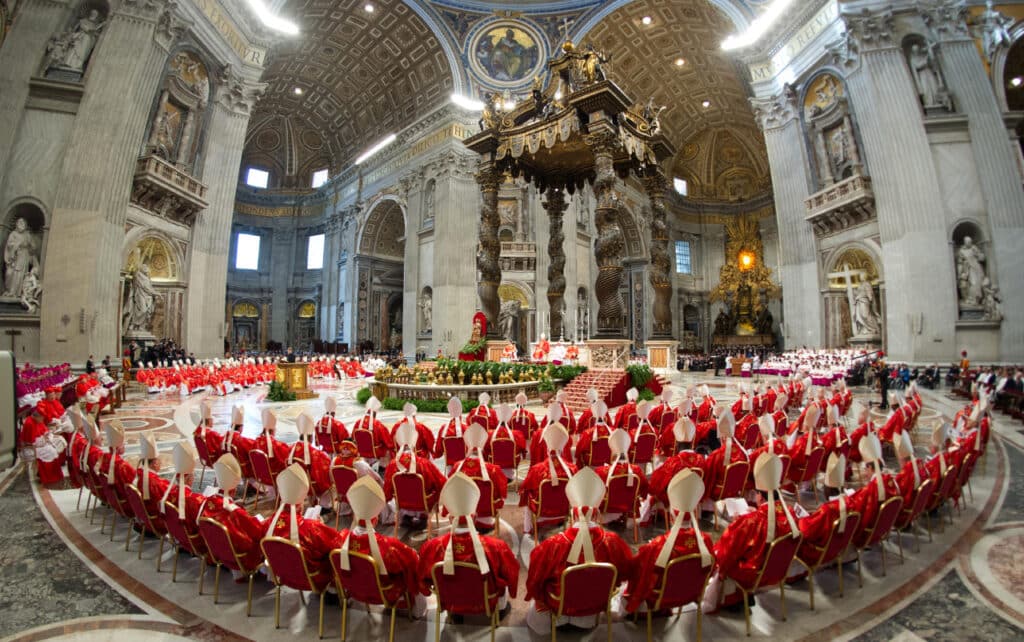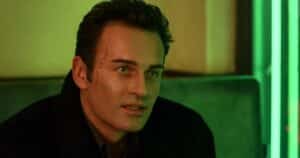The Ratzinger Report is a is an interview with Joseph Ratzinger by Vittiori Messori of the topics of the second Vatican council. Ratzinger, the future Pope Benedict XI, was a peritus, or advisor and counselor, at the second Vatican council, so he offers good insight. The book is 197 pages long and it will appeal to Catholics or anybody who wants to learn about this important council meeting. Ratzinger offers insight and inside information on the second Vatican council in this unvarnished book. Kudos to Messori for writing it all down. Do you want to know more about the Second Vatican council?
The Ratzinger Report Summary

The Ratzinger Report is a long interview; it is 13 chapters long and is organized by topic. Thirty years later, it is important to be reminded of where the Church was at this pivotal moment. It is important to remember also that this all is according to its future pope. At the time of the interview, Cardinal Ratzinger was Prefect of the Congregation for the Doctrine of the Faith, a position of authority in the Catholic Church second only to Pope John Paul II on November 25, 1981.
The primary task of the Prefect of the Congregation for the Doctrine of the Faith is to keep intact the traditional teachings of the Church and to guard them against the encroachment of heresy. This is a task Ratzinger did with zeal. Cardinal Ratzinger was aware that the new worldwide wave of skepticism commencing in the 1960s had infected many Catholics. So, he is perfect to interview about the second Vatican council.
To a great extent, Catholics had lost sight of the Church and needed to be redirected and informed. The Magisterium at the second Vatican Council had produced documents that became the targets of rebellious theologians within the next twenty years. They provoked lay Catholic philosophers to complain of the collective bolt from orthodoxy. Ratzinger needed to set them straight.
The Importance of the Second Vatican Council
The second Vatican council produced sixteen documents that shaped the church, so to get this information from somebody who was there, a future Pope, in pure gold. The second Vatican council also had a large effect on the lives of some of the participants. There are simply too many documents to review here, but the main impact of them and the council deliberations had by the early 1970s been felt in nearly every area of the church and set in motion changes that may not have been foreseen by the bishops and cardinals of the church.
Dissenters were vocal throughout the second Vatican council, but most bishops and cardinals reconciled themselves to its changes. Those changes have had a lasting impact on the church and have shaped it. It is important to get the interpretation from Cardinal Ratzinger.
There were a couple of notable exceptions who disagreed with the second Vatican council. One was Marcel Lefebvre, a French archbishop who founded a group called the Society of St. Pius X in 1970 around his traditionalist beliefs. He was excommunicated in 1988 for consecrating four traditionalist bishops in defiance of the Pope, causing the first schism in the church since 1870. The Vatican has since made some concessions to Lefebvre’s society, although the traditionalist movement in the church remains a contentious issue, particularly among those Catholics who express a preference for the liturgy of the Latin mass. Another was Italian archbishop Carlo Maria Viganò, who was excommunicated in 2024, in part for rejecting the second Vatican council.
Conclusion
This is a useful book for Catholics and those seeking to learn more about the changes that took place during the Second Vatican Council. The Ratzinger Report is an accessible summary that contains the thoughts of not only a key player at the council but a future Pope. This book is recommended as a summary of that important meeting and offers some good inside baseball on it.








